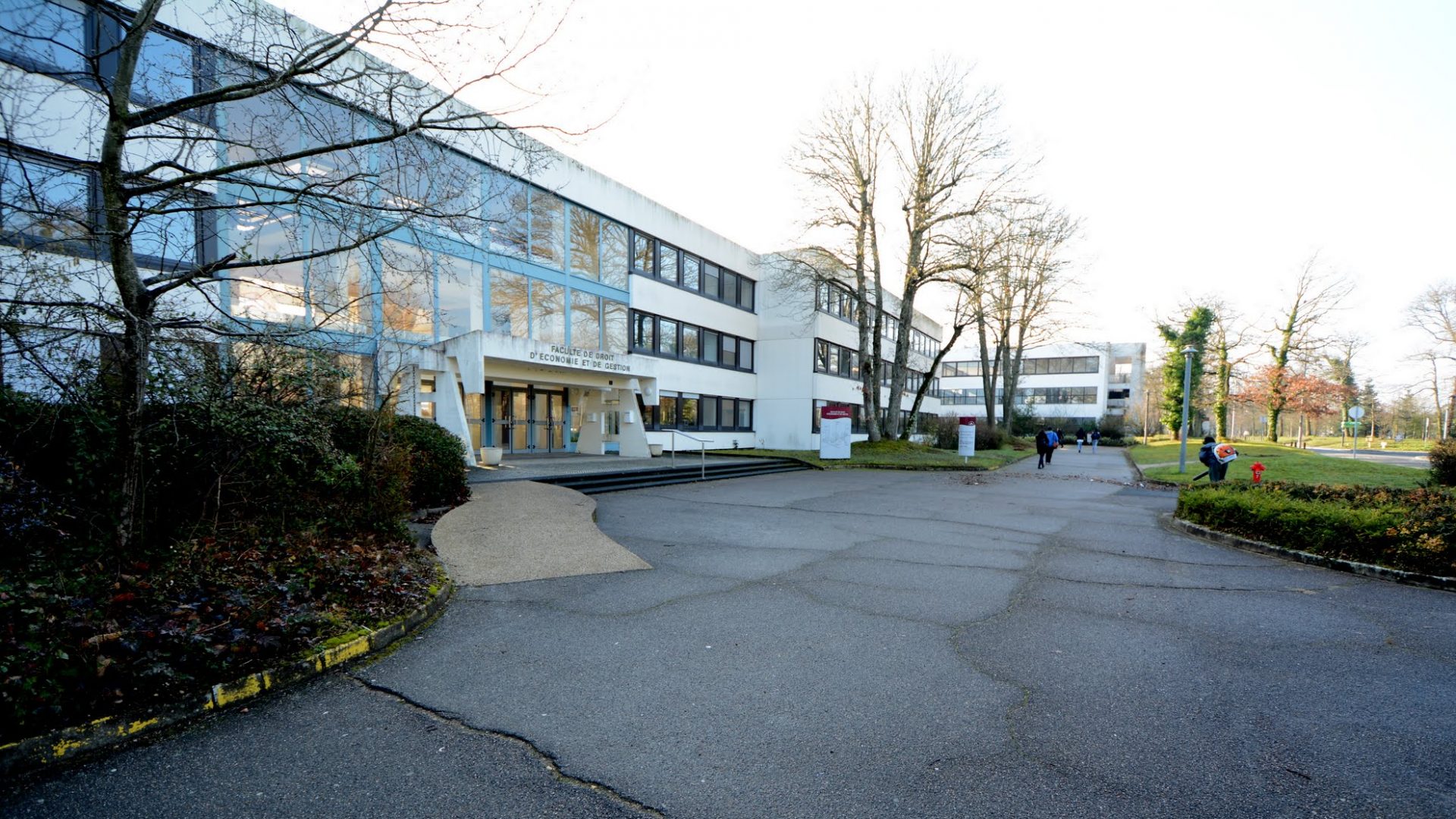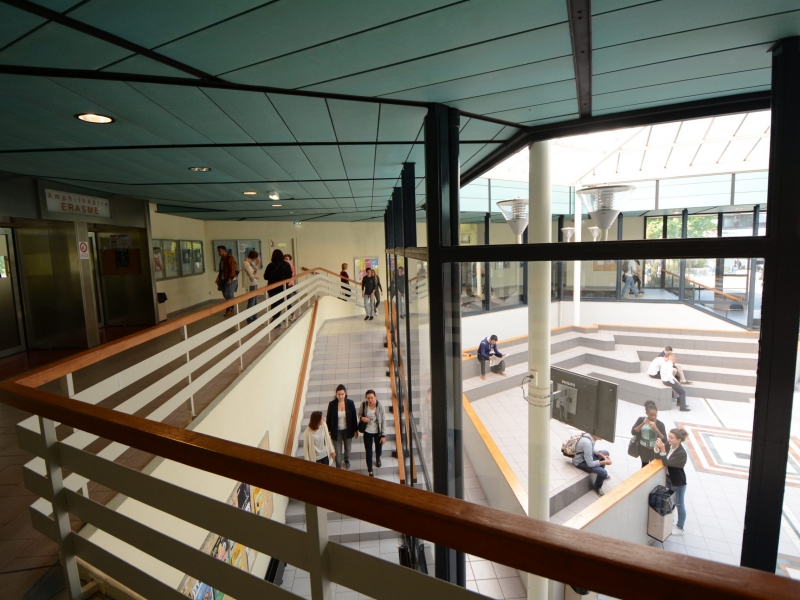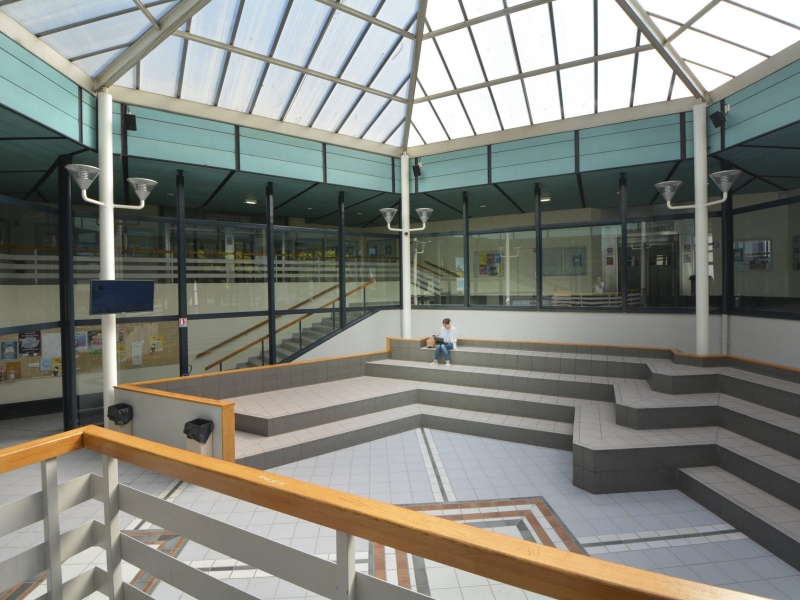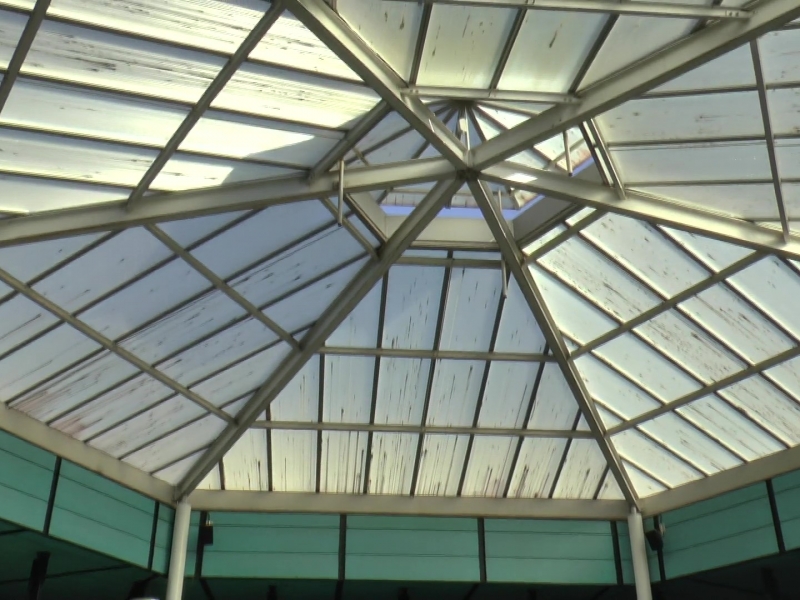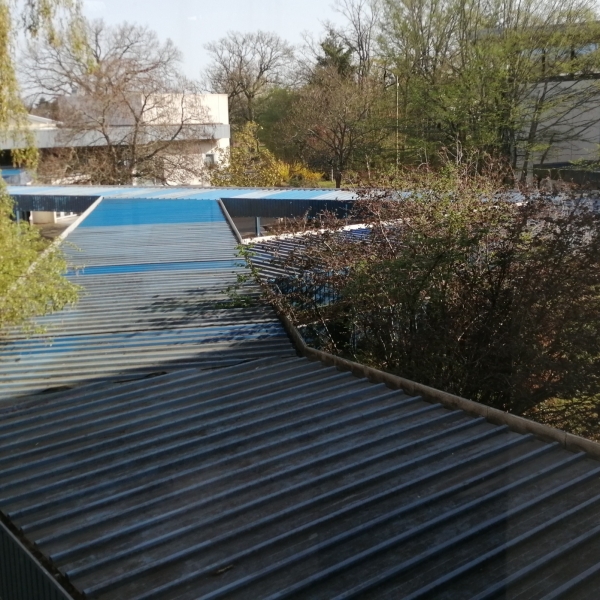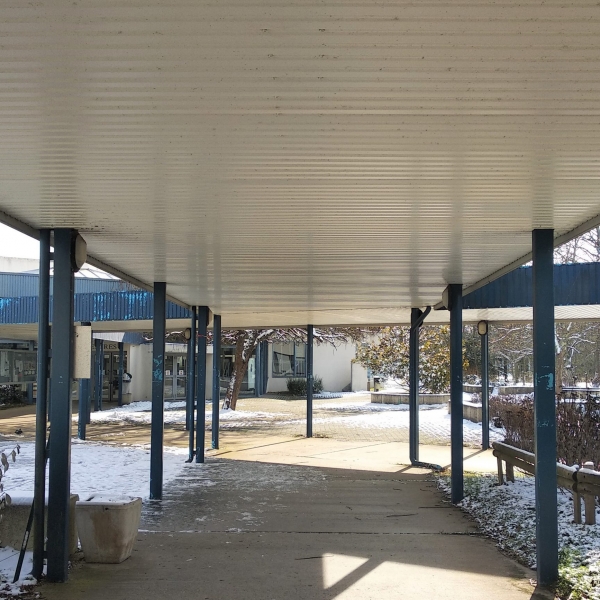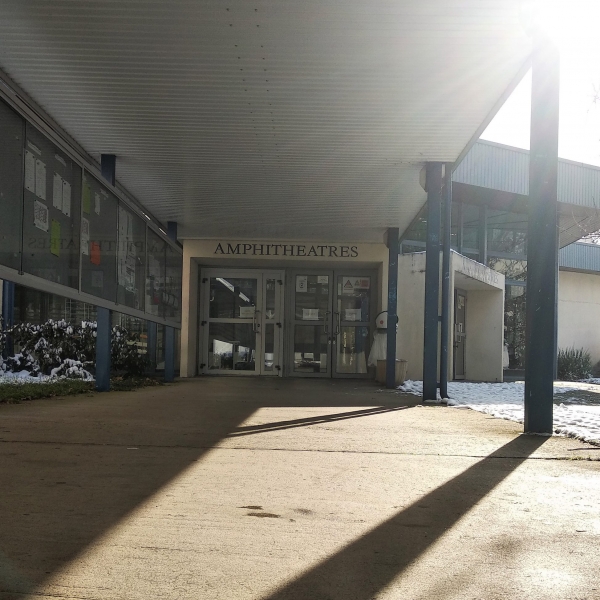The Faculty of Law, Economics and Management is an integral part of the University of Orleans’s history. It is nevertheless marked by a long journey, from the arrival of students in Orleans to the construction of the buildings that we know today.

Late Rebirth of the Law Faculty
The history of the Law Faculty of Orleans takes us back to the Middle Ages. In 1306 Pope Clement V founded the University of Orleans, but it was not necessarily an ex nihilo creation. Even though the creation of the Faculty of DEG appears to be the cornerstone of the rebirth of the University of Orleans at La Source, it has been marked by a long and difficult journey.
Established by decree in 1961, the Academy of Orleans-Tours was originally planning on distribution of disciplines between the two cities of Orleans and Tours. While Medicine and Letters came under the Academy of Tours, Sciences and Law depended on the Academy of Orleans. From 1962, law education was provided in downtown Orleans, at the Lycée Pothier which still exists.
On June 3, 1966, the Law and Economics College was created. It was then put under the educational supervision of the Faculty of Poitiers, from which came the first dean of the Faculty of Law, Management and Economics of Orléans, Élie Alfandari. However, the creation of this college is not synonymous with dedicated premises. Indeed, like other disciplines, it was in prefabricated buildings located on the Château de la Source estate – the current seat of the University’s presidency – that law and economics were taught.
In 1968, Olivier-Clément Cacoub, appointed architect of the campus, presented his project for the construction of the La w Faculty buildings. The project will ultimately remain a dead letter due to the refusal of the State in 1970 to participate in the financing of the buildings. The project is thus suspended for an indefinite period. The postponement of the work happened to be a source of concern for the prefect. Both students and teachers could less and less bear teaching and learning in temporary premises, where space is lacking. Thus, for the 1969-1970 school year, some courses were taught in the Sciences Faculty.
Finally, the government decides to contribute financially by completing the realization with more than 7 million francs. Two new projects were finally proposed by Olivier-Clément Cacoub during 1973. However, the new security conditions made it necessary to review the construction and the buildings would not be completed until 1975.
The Law Faculty Buildings
Buildings A and B were the first ones to be built, as well as the amphitheatres. They are then fully funded by the State. The amphitheatres are housed in a building constructed in the shape of a hexagon. For the latter, the interior forms an atrium, that is to say that one can observe an entry of natural light through the windows. These are constructions in reinforced concrete, thus following the first constructions of the Science buildings. The buildings are covered with white paint to hide the raw concrete.
Following the guideline that permeates the constructions of Olivier Clément-Caboub on the University campus, the objective was to let nature appear as much as possible on the campus life. Indeed, in the course of the 1960s, the La Source district was a forest area devoid of any built-up area with the exception of the Château de la Source. Thus, in the project for the construction of the Law Faculty, as also for the rest of the constructions, Cacoub wishes to harmonize nature and the built environment. Olivier-Clément Cacoub was provided with “a precise survey of the existing vegetation” by the rectorate. He will therefore take this document into account to revegetate and make the campus as green as possible.
Another characteristic of the Faculty of Law, Economics and Management is that the buildings are linked by covered walkway created in the 1970s. These passages allow a better circulation of the students.
Université d’Orléans © Florent Bourget
In carrying out his plans, the architect put in place ideas regarding the management of student flows. In addition to the covered walkways, the corridors are designed to limit crowds on each locations, and the stairs are located at the ends of the buildings to avoid any concentration of people.
The University Library did not appear until the mid-1990s, in concrete covered with clear plaster. It is a two-floor building with a mezzanine, which allows natural light to enter the building.
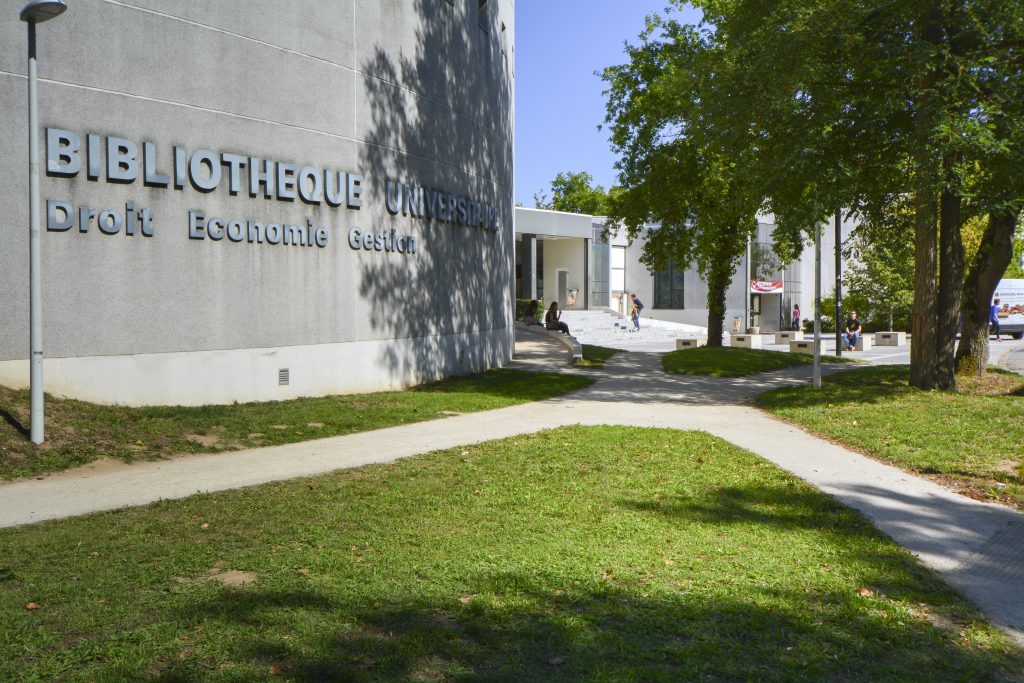
If you see this after your page is loaded completely, leafletJS files are missing.
